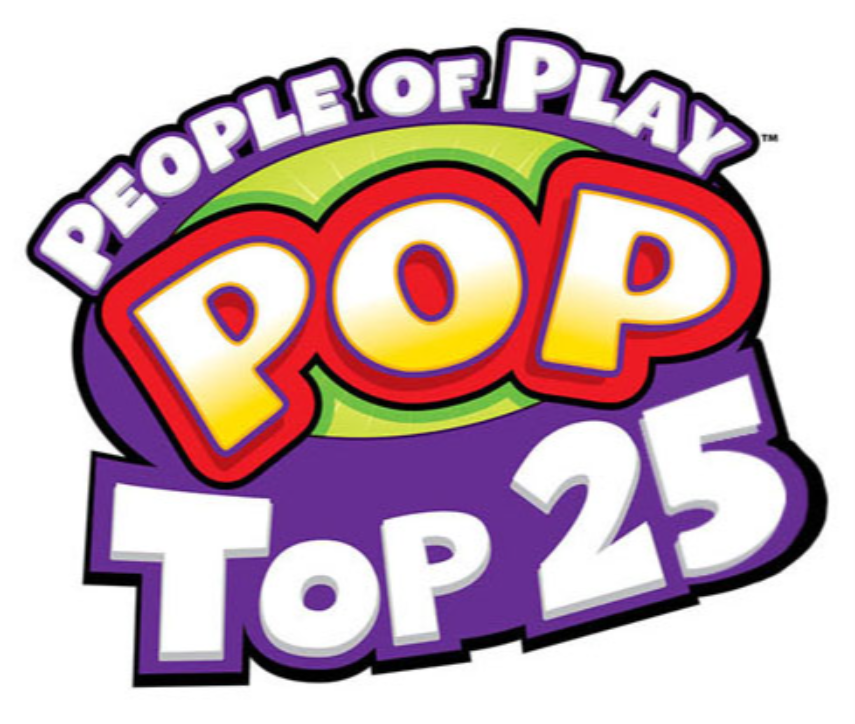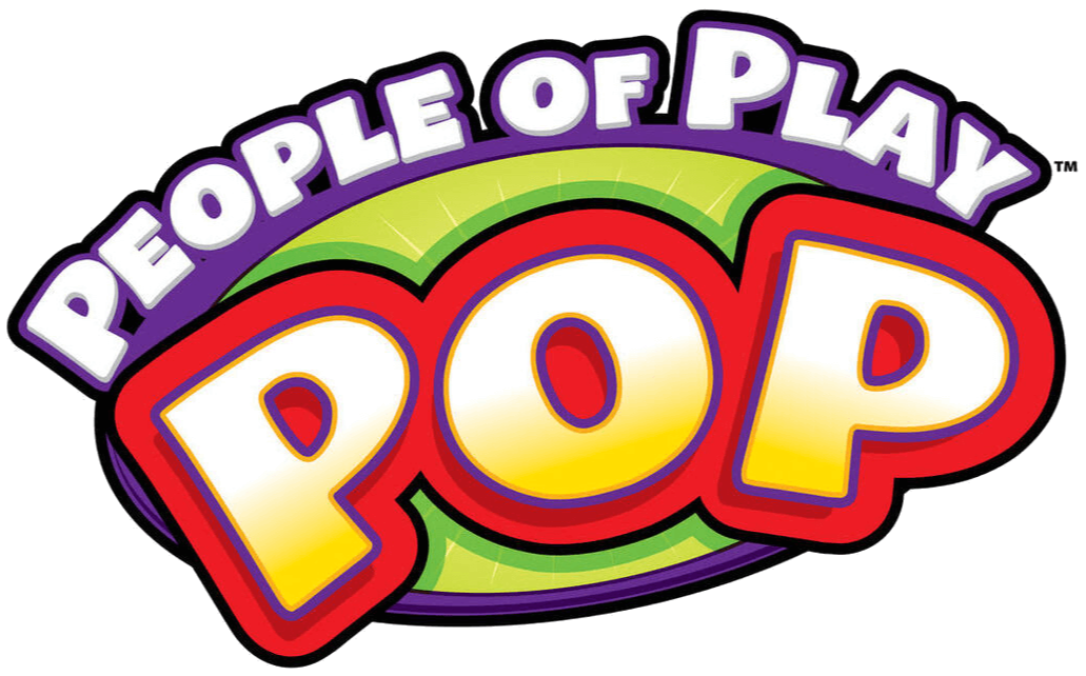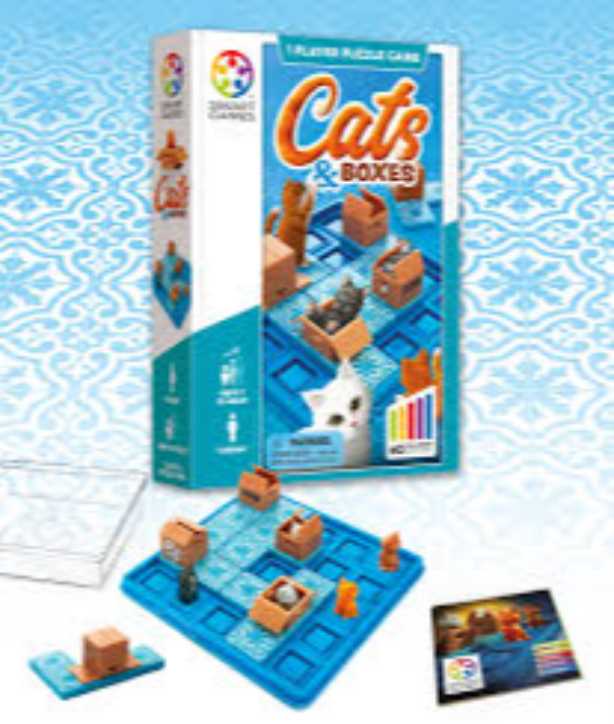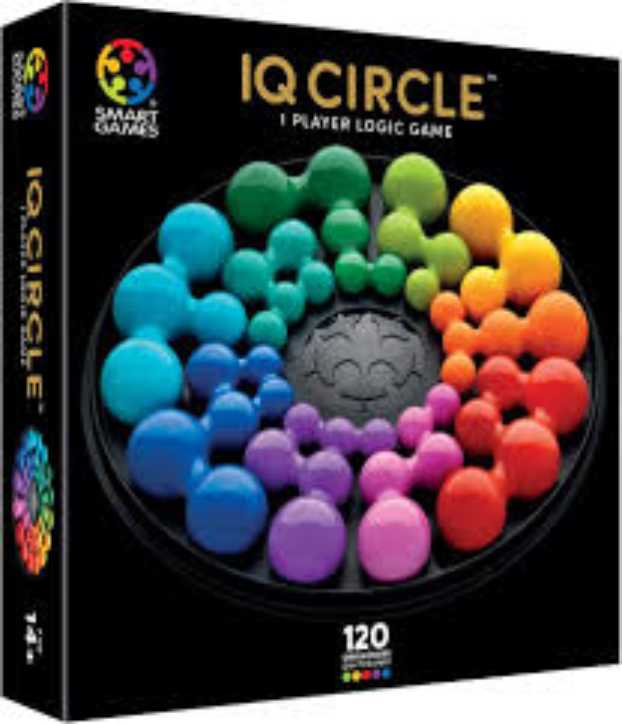Empathy is a powerful tool across numerous industries. And particularly in the toy business!
Is it fair to assume toy companies leverage their power while making too much money? Is it fair to believe inventors make too much money while getting off the hook so easily? Is it fair to assert that retailers have unrealistic margin requirements, making it difficult for companies to invest in new opportunities?
This feels like a Freaky Friday moment, right? Toy companies fail to appreciate how difficult it is to be an inventor. When inventors submit a product idea, the toy company representative says, “Hmm, I love it, but we just don’t have a brand which fits your invention. We must pass on this one.”
The inventor is screaming in her own mind when she hears that oft-spoken phrase. She suggests, “Why not create a new brand?” Yet the toy company representative explains how it requires a huge investment to grow a brand from a seedling to a viable business.
The representative continues, “The invention community does not appreciate the massive challenges and frustrations working in the toy company system, not to mention the difficulties faced in working with top-tier retailers!”
I have known inventors who went to work for toy companies and struggled with the constraints and limitations. On the flip side, I have seen professionals at toy companies leave to pursue toy invention and have difficulty with the uncertainty and struggle to generate “cold fusion” each week. Both circumstances require dedication and a willingness to overcome numerous challenges.
So where do you fall on this debate? People often believe the grass is always so much greener on the other side.
Imagine the toy business is akin to taking a trip to Las Vegas (this analogy may help in making my point, so please roll with it).
Let us start our casino adventure at the Big Buffet! The inventors step up to the toy company table in this restaurant. We see the toy companies’ plates are full. The good news is that they are willing to taste the inventors homemade toy dishes. Next, after providing a few bites of their tasty product ideas, the inventor asks for an option to be paid to secure any identified opportunity from the pitch. If not, the inventor must move on to the next toy company two tables down. “We suggest you act now since we all know the other company is hungry for something new!” The toy company must think about the past, present and future as they evaluate the inventor’s item. It is not easy to determine whether the company at an adjacent table will snatch up the invention, causing them to lose a valuable opportunity.
As we use this Las Vegas analogy, we all understand that pitches during the pandemic are being conducted more like online poker over Zoom. This adds an entirely new level of challenges as people review products with children walking in and out of the screen (at times this can be helpful to have the actual target audience weigh in during the pitch). We now hold our breath as the little ones sit like Emperor Julius Caesar on mom’s or dad’s lap during the pitch, providing a thumbs up or thumbs down. This pint-sized critic can influence whether your product lives or dies.
Worse than the Zoomable Roman Empire, we at times must pitch the Republic of NIH. For those of you who are not familiar with the NIH, it stands for Not Invented Here. This group of individuals baffles us all. No one source will identify and create all great ideas. We all need to expand our thinking.
I always get the giggles when companies say, “We do not work with outside companies.” Or my favorite, “Don’t show us product now since we are too busy; show us product in four months.” This is how you might miss the next blockbuster. You miss 100 percent of every blockbuster product pitched during that window! And if it is something fantastic, another company will pick it up and run with it. It is a low-cost exercise to look, yet a lot of opportunity is lost by ignoring these presentations. Successful innovative companies do not say this… ever! I always wonder if the company principals or shareholders know that working with outside inventors can be an extremely cost-effective way to get a competitive edge.
If your company is too busy internally, you can easily outsource and find great companies to search for incremental opportunities which should more than pay for themselves.
This relationship between inventors and brand managers is often a pendulum. “We need you to come on in… we are open for business… we do not need you as much now… we do not need you at all… okay, we now need you again.”
Why not look? You only pay when you buy!
Keep in mind that most of the inventors’ inventions do not recoup the developmental investment. It is a numbers game like Money Ball (great movie). The inventor pitches many, many products to numerous companies in the hope to at least cover some core costs and then secure a deal which may provide a payday for all. The missed product may be a sunken cost, but if you have one that is a “Go,” you have a chance to generate some revenue!
Think about your odds. Depending on your bet—say Blackjack—your odds of winning could be 49 percent. Roulette’s odds of winning on an even bet are close to 50 percent as well. The odds of placing a product which generates significant revenue? Well, you do not want to know. Hmm, putting your money on the tables in Las Vegas does not look so bad when you calculate how few products generate significant revenue for an inventor. People hit big ones in inventing roughly as often as we see the “Big Winner” photos on the walls in Vegas.
Okay, we get it. It is not easy to be an inventor. Now let us address the hard-working teams at the toy companies. Development, management and marketing/sales are swamped. And often stretched thin in working on other internal and external products. So now we will look from their perspective.
At times, the inventor presents a product which is an amazing, ready-to-go technology. However, we had the same idea last year and we were working on it. Now it gets complicated, or the toy team may need to drop the project their team has sweated over for months to focus on a new inventor item which management loves.
The inventor has brought in a shoelace hooked to four bubblegum wads strategically placed inside a unique poop-shaped oblong ball which makes this crazy and cool action when it is thrown.
The toy teams say to management, “Yes, it is very cool, but shoestring bubblegum in poop-shaped balls is not practical for manufacturing. How do we position and market this with the many cost restrictions you have placed on us?”
After a few more discussions, “Okay, we will make it happen,” they say to management. Amongst themselves they say, “Ugh! It feels as if we do so much of the work so the inventor can get a royalty.”
Do not despair! Collaboration is the superpower of this situation. The inventors may be able to help since they know a lot about poop-shaped objects. Some inventors are experts at execution, so the toy teams can lean on them for assistance while keeping in mind they cannot afford to do an unreasonable amount of heavy lifting. All needs to be fair and proportional.
Design and manufacturing must make it into a real product. And, just as important, the branding and marketing teams are helping define the “easy-get idea” so the consumer will understand the value of the toy. Lastly, the amazing sales team must secure retail support and convince a retail buyer to believe in the product so they will reach the shelf.
Keep in mind, the retailers and toy companies must get people into the stores or online to purchase the product. They need the influencers and kids who want the toy. Now it is up to Mom to decide to purchase it! And did we mention the need for people to be in the stores, even during the pandemic? To say it takes a “toy village,” some luck and a ton of work is an understatement.
The toy company believes it is assuming by far the largest risk for the biggest reward. Yet, if the line tanks, we all lose big! Even though everyone thinks they are the biggest loser, I know from experience that wins are great for all and loser items suck for everyone.
The inventor gets only so many swings at bat, and the toy company took one away. Was the loser item the inventor’s fault or the toy company’s fault? Perhaps it did not get a chance since the buyer did not like the Sally Doll since in third grade a girl named Sally stole her raspberry ripple cupcake during the bake sale?
Or, even though the buyer, like a hero, gave you the support you needed for some small reason, like the butterfly effect, something unforeseen kept it from being a success. Let us not forget that the buyers are also part of this empathy party. Buyers are not afforded the luxury of simply buying it due to a gut feeling (although the brave ones do anyway). They must manage their aisles like a real estate manager. Each shelf location is precious. They must collect the rent, and the deadbeats on J-hook 11 are not paying again, so they must go! They must make room for that new developer putting in a massive theme park of a toy program with huge ad money behind it.
That new movie franchise used to last longer than a blink of an eye. Yet the buyers must always be on the lookout for the next great thing before their competitors grab it and take dollars from their neighborhood.
At some point, the tail may wag the dog. And creative people will rule the world and reality may not matter. That is a nice dream, but to say it will never happen is an understatement. And one thing will never change: a need for empathy in our industry. We must see things from the collective perspective and treat others how you would like to be treated in their situations.
Inventors are like the old woman who lived in a shoe. They have so many ideas and they do not know what to do. That is why we need to find good homes for these concepts so they can feed that big hungry family. What ideas do they develop? Only so much money and time is available. Their fate is in the hands of the toy companies, marketers and retailers. And, of course, the consumers.
Inventors are heard at the bars commiserating about how it is more difficult than it has ever been. “The toy companies are so cheap; they do not get it,” they say. But let us take a moment to look at the price point and value proposition. Toy companies, for some reason, must deliver more value and “wow” for the same price points we have had for 20 years as labor and material costs continue rising. Now you know why brand managers are struggling to hit margin!
Kids are in and out of brands faster than ever! Age compression (kids getting older at a younger age) is happening faster than ever before. And we must understand why toy companies and category buyers are losing sleep at night!
Brand managers have asked us if we are going to buy a Ferrari with that big royalty check. They seem so shocked when they hear the response, “No, we are going to use it for payroll and to reimburse ourselves for the 37 other products which did not have success. If anything is left over, we will make new prototypes for the next round.”
I am the first to admit that successful inventors can dine on steak and lobster for years, and they are fun years. But great times can be followed by years in which we are forced to eat a lot of Top Ramen to keep the team going. Of course, some toy companies and inventors can hit “product lotto” and the success can change their lives. However, in most cases, we understand overnight successes can be many years in the making.
As I write this, it seems so difficult. Why take the gamble to be an inventor or a toy company or a retailer? The universal answer is this: we love this business! And when we win, it is the greatest feeling in the world.
Let us all practice empathy for our partners throughout the process and always do the right thing even when it is difficult. When experiencing good times, take care of the people of this industry and be reminded that collaboration is what makes it happen. Be empathic and treat people how you wish to be treated, regardless of our positions.
Okay, now we are back in Las Vegas. We all have some chips in our pockets. We have empathy. We have great partners. Let us place our bets and get a win for everyone!
By the way, that bubble shoelace poop-ball toy is going to be huge! The line starts here!
Recent Interviews
Recent Blogs

Industry Commentary, Op-Ed
The Top 25 POP Profiles of 2025

Biographies and Interviews
Ben Krenz Talks Moose Games, The Rise of Kidults, and More!

The Bloom Report
The Bloom Report Issue Archive

Play Through History
The Lives They Lived: Rest in Play Edition 2025

The Bloom Report
Toy and Game People Obituaries - RIP - Rest in Play
See more
Recent Wiki

BOOK REVIEWS
Game Review: Cats & Boxes

PEOPLE
Ana Maria, Founder of The Magical Underland Inc., Rings in the Holidays with a new kind of Christmas Tree

BOOK REVIEWS
Game Review: IQ Circle

PEOPLE
Catching up with Eric Olsen, The Inventor of Flip 7 and Co-Creator of Messy Table Games

BOOK REVIEWS
Book Review: Happytecture by Anna Devís & Daniel Rueda
See more
POP's Got Talent

POP Entertainment
Randy Klimpert Shares his Ukulele Collection

POP Entertainment
Steve Casino Peanut Art

POP Entertainment
Everyone's Talking about POP!

POP Entertainment
Princess Etch - a Multi-Talented Etch A Sketch Artist

POP Entertainment
Joseph Herscher of Joseph' s Machines.
See more
Recent POPcast

Hidden Role: The Brains Behind your Favorite Games
Connie Vogelmann designed Apiary & Wyrmspan!

Hidden Role: The Brains Behind your Favorite Games
Bob Fuhrer... Is THE Crocodile Dentist!

Hidden Role: The Brains Behind your Favorite Games
Tom Dusenberry... Bought Atari, Wizards of the Coast, and Avalon Hill!

Hidden Role: The Brains Behind your Favorite Games
Matt Leacock created Pandemic... the game!

Hidden Role: The Brains Behind your Favorite Games
Scott Brown and Tim Swindle... are Launching a New Sport!
See more
POPDuos

POPDuos: Interviews with Legends and Leaders
POPDuo: Richard Dickson, Mattel’s President & COO, and Kedar Narayan, Young Inventor Challenge AMB

POPDuos: Interviews with Legends and Leaders
POPDuo: Will Shortz and Josh Wardle

POPDuos: Legends and Leaders Explore Creativity
POP Duo: Elan Lee, Co-Founder, Exploding Kittens.and Jeff Probst, Host and Exec Producer, Survivor

POPDuos: Legends and Leaders Explore Creativity
POP Duo: David Fuhrer, MNG Director, Blue Sq Innovations & Shawn Green, past Dodgers & Mets MLB Star

POPDuos: Legends and Leaders Explore Creativity
POP Duo: Bob Fuhrer, Founder, Nextoy and Tom Fazio, Golf Course Designer
See more
















